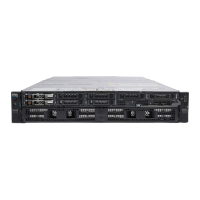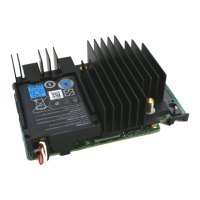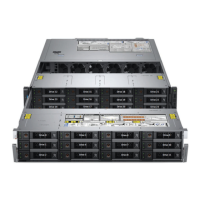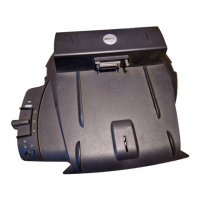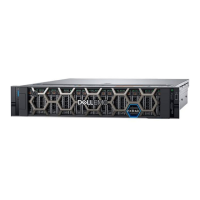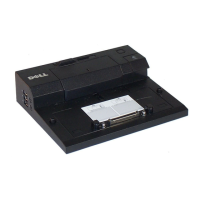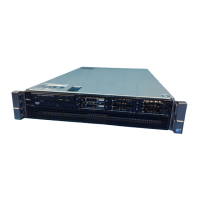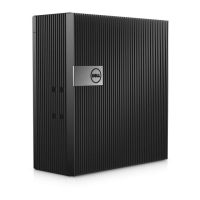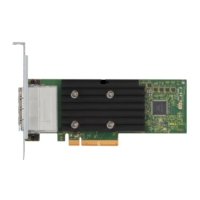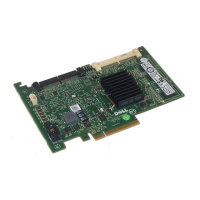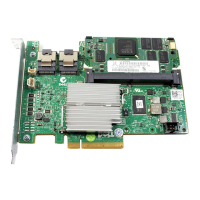
 Loading...
Loading...
Do you have a question about the Dell POWEREDGE RAID H700 and is the answer not in the manual?
| RAID Levels Supported | 0, 1, 5, 6, 10, 50, 60 |
|---|---|
| Maximum Drives Supported | 32 |
| Cache Memory | 512 MB |
| Supported Drives | SAS, SATA |
| Humidity | 5% to 95% (non-condensing) |
| Compatibility | Dell PowerEdge Servers |
| Controller Type | RAID |
| Interface | PCIe 2.0 x8 |
| Cache Protection | Battery Backup Unit (BBU) |
| Storage Temperature | -40°C to 70°C |
Core safety practices for system operation and maintenance, including handling components and power.
Procedures and precautions for working inside the computer system, including grounding and cable handling.
Steps to prevent damage from ESD to internal electronic components by discharging static electricity.
Guidelines for the safe and proper disposal of system batteries, contacting local agencies.
Details on the specifications and features of the PERC H700 and H800 controller cards.
Lists the operating systems that are compatible with the PERC H700 and H800 controller cards.
Explanation of RAID concepts, benefits, and terminology for disk subsystems.
Procedures for initializing virtual disks, including background, full, and fast methods.
Steps and considerations for migrating virtual disks between controllers without downtime.
Explains Write-Back and Write-Through policies and their conditions for data caching.
Overview of features like SMART, hot spares, and parity for data protection against failures.
Step-by-step guide for installing the PERC H700 and H800 controller cards into the system.
Instructions for safely removing the PERC H700 and H800 controller cards from the system.
Guide for replacing the Battery Backup Unit (BBU) on the PERC H700 controller.
Procedures for installing drivers for Windows Server operating systems.
Steps to prepare installation media (diskette, USB, CD, DVD) for device drivers.
Instructions for installing drivers for various Linux distributions, including DUDs.
Steps for installing drivers for Solaris 10 operating systems.
Using the Dell utility for comprehensive RAID configuration and management.
Accessing and using the controller's embedded BIOS for setup and management.
Core tasks for creating, modifying, and managing virtual disks.
Actions and information related to managing physical disks.
Settings and actions related to the controller's BIOS and operational modes.
Features and limitations of using SSDs for read caching.
Steps to create, manage, and delete CacheCade virtual disks.
How SEDs are protected using encryption keys and security keys.
Procedures for creating and managing virtual disks with security keys.
Process for securely erasing data on encryption-capable disks.
Common error messages from the BIOS and their probable causes/corrections.
Understanding and recovering from virtual disks in a degraded state.
Common problems and solutions related to physical disks.
Diagnosing and resolving issues detected by the SMART technology.
Information regarding hazardous substances in products for China.
Definition of an adapter card and its function in system access.
Definition of a disk array as a grouping of disks for storage space.
Automatic check for media errors on physical disks.
Component that protects cache data integrity during power failures.
Utility for configuring RAID groups and virtual disks.
Fast memory that holds recently accessed data to speed up access.
Capability to withstand single disk failure without compromising data integrity.
Stand-by physical disk ready for immediate use in case of disk failure.
Redundant Array of Independent Disks for reliability and performance.
Storage created by a RAID controller from one or more physical disks.
Cache mode sending completion signal when controller cache receives data.
Cache mode sending completion signal when disk subsystem receives data.
